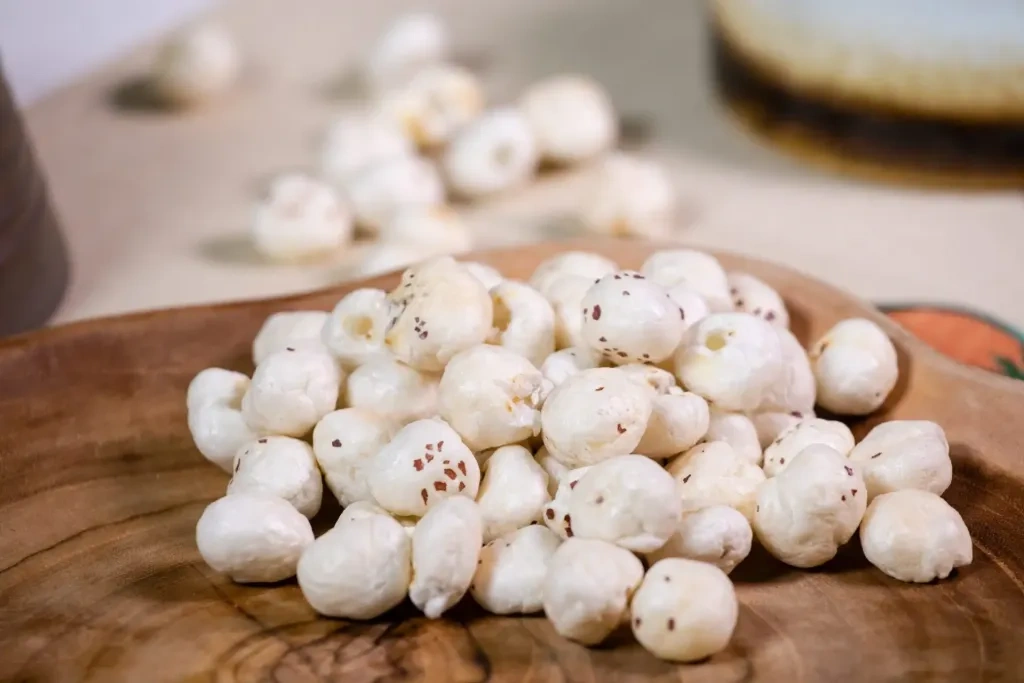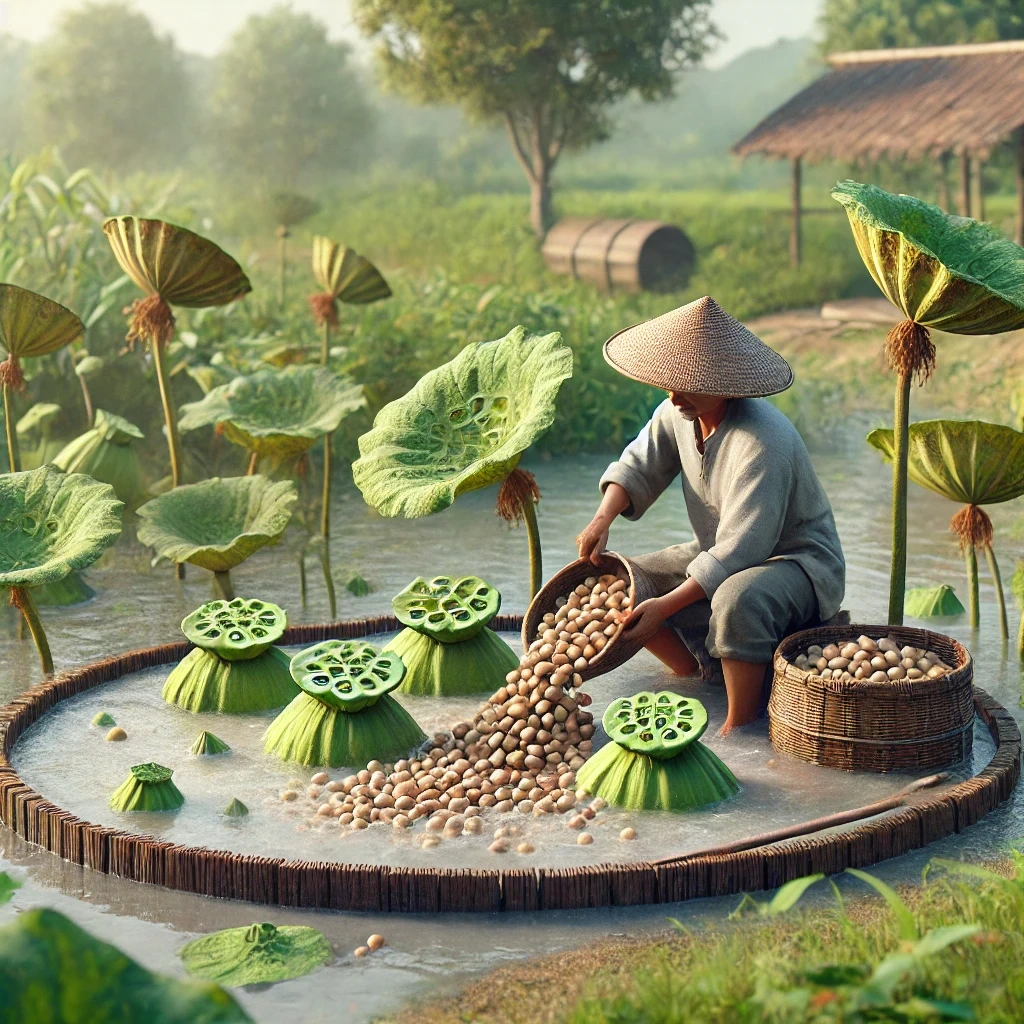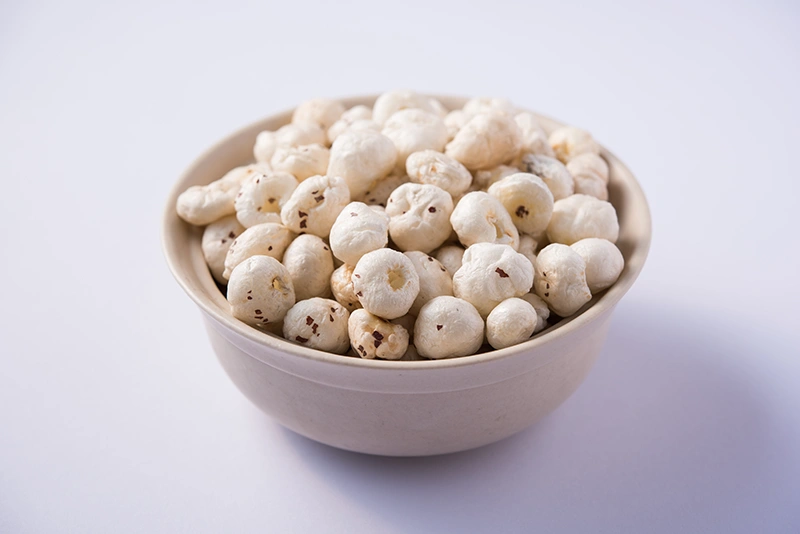Commodity Boards
Till recently (2025 Jan) there were five commodity Board-in India.
- Tea Board
- Coffee Board
- Rubber Board
- Spices Board
- Tobacco Board
Under Ministry of Commerce and Industry
- In January 2025, the ministry of Commerce and Industry inaugurated the National Turmeric Board, in Nizamabad in Telangana.
- In the Budget 2025, Finance minister announced establishing Makhana Board in Bihar
What are Commodity Boards?
- A Commodity Board is a government organization that regulates, promotes, and develops specific agricultural or industrial commodities, ensuring quality control, export promotion, market stability, and farmer welfare through policies and schemes.
- All these Boards are autonomous bodies under a nodal Union Ministry-mainly Commerce and are responsible for production, development and marketing of these products.
- Commodity Boards provide financial and technical assistance to growers and also help them participate in trade fairs, buyer-seller meets, branding and promotion.
Turmeric Board
- While launching the Turmeric Board, the Union Commerce minister had said that this Golden Spice (Turmeric is known as Golden Spice) Board will pay special attention to the welfare of turmeric farmers Spread across 20 states including Maharashtra, Tamil Nadu, Andhra Pradesh, Telangana, Madhya Pradesh, Meghalaya.
- He said that there is immense potential in increasing turmeric production in Andhra Pradesh and Telangana.
What is Makhana?
- Makanan (Euryale ferox Salisb) is an exclusively annual aquatic rooted plant with large spiny floating leaves also known as gorgon nut.
- It is mostly cultivated in ponds and low lying shallow wetlands.
- Bihar Contributes 85% of total gorgon nut production in India.

- For its growth and development, the conducive range of air temperature is 20-35°C, relative humidity 50-90%, annual rainfall 100-250 cm
- Being a popular aquatic crop, it is a water intensive Crop, heeding assured availability of irrigation.
- The plant has an evolutionary significance in view of having a combination of dicot and monocot Characteristics.
- Makhana is classified as dry fruit although it is a product of an aquaphile.

- The challenge in Makhana cultivation is that most ponds and low lands are owned by the rich while the Cultivation is done by the fishermen Community.
- Around 80000 fishermen families of 9 districts of north Bihar are dependent on cultivation of makhana.
- Makhana Consumption increases during festivals like Navaratri, Kojagara, Eid and wedding season during fasting as non-cereal food.
- It gained more prominence during Covid times since its high immunity value.
- Though makhana has caught global attention and is being exported, it is difficult to get exact numbers as it does not have its own HSN code.
HSN Code
- HSN Code - Harmonized System of Nomenclature is an internationally Standardized system of names and numbers for classifying traded products.
- The system is developed by the World Customs Organisation and is used by 200 countries.
- Each product has a 6-digit Code. The HSN code is useful for import and export essential for GST etc.















